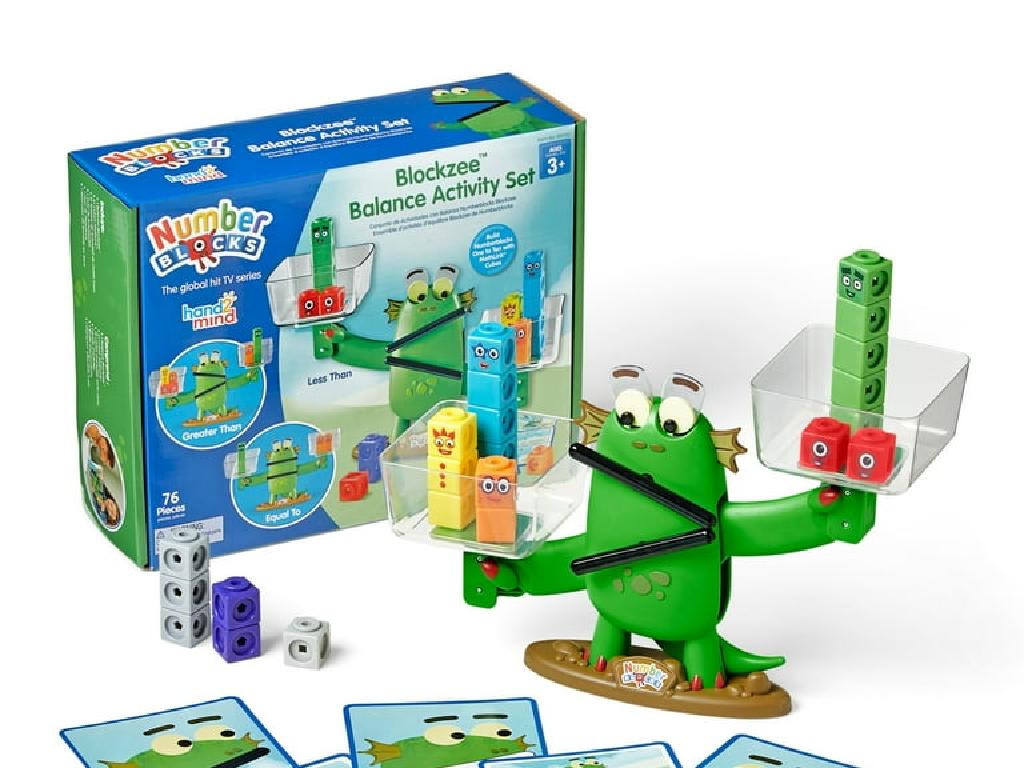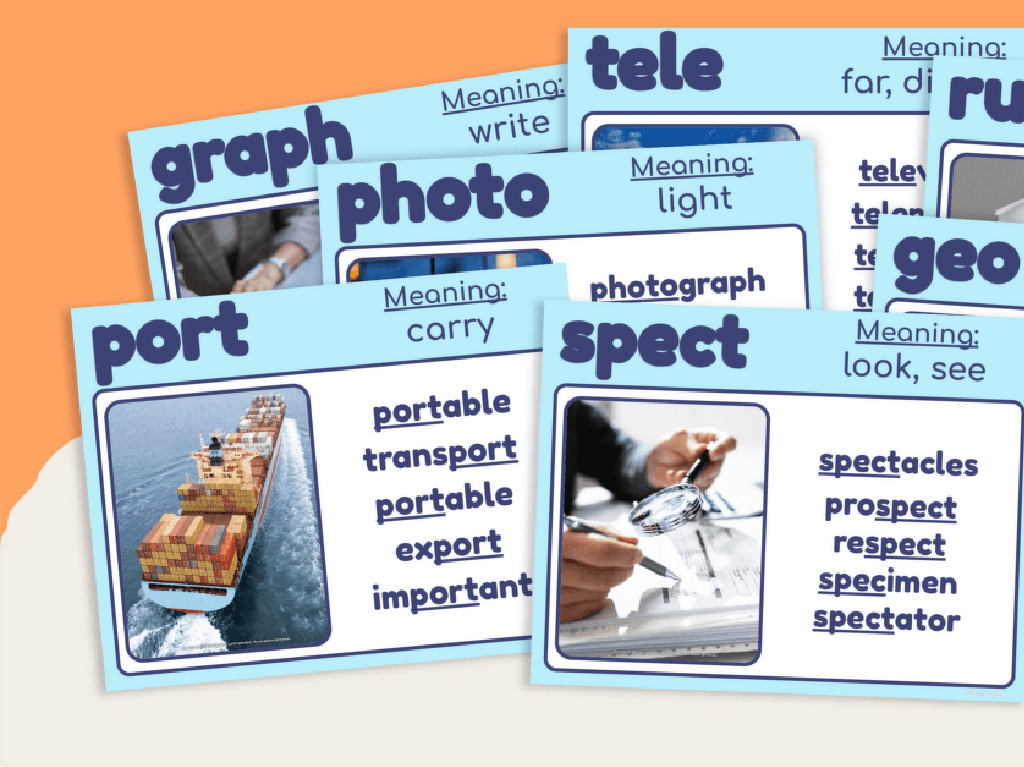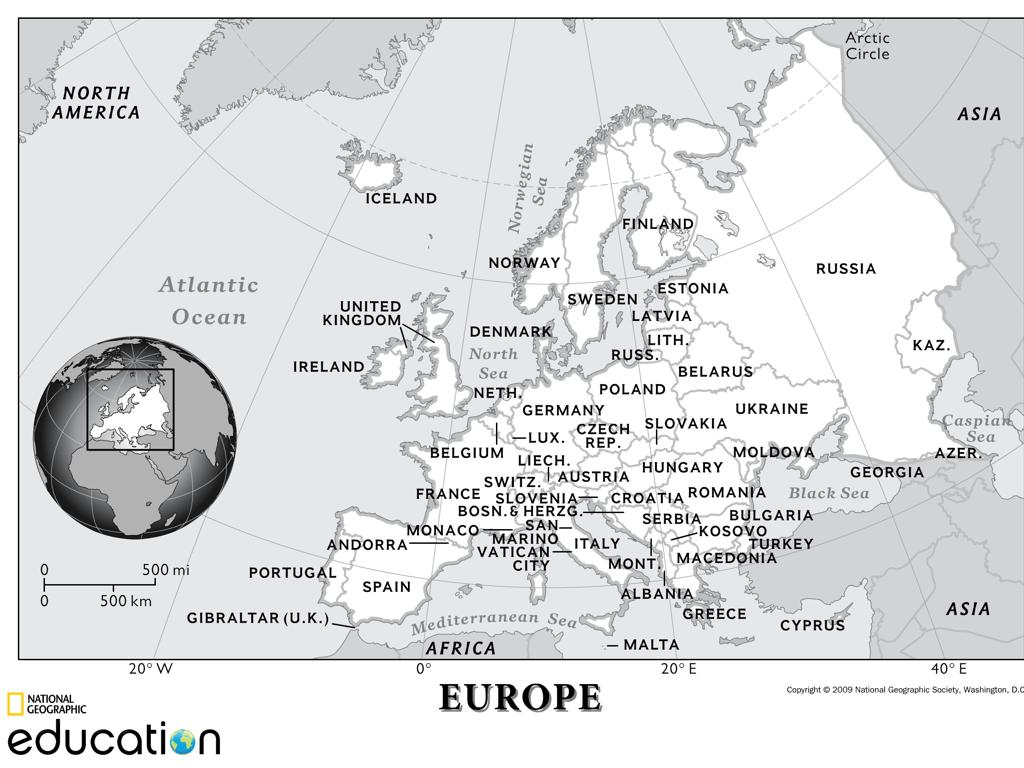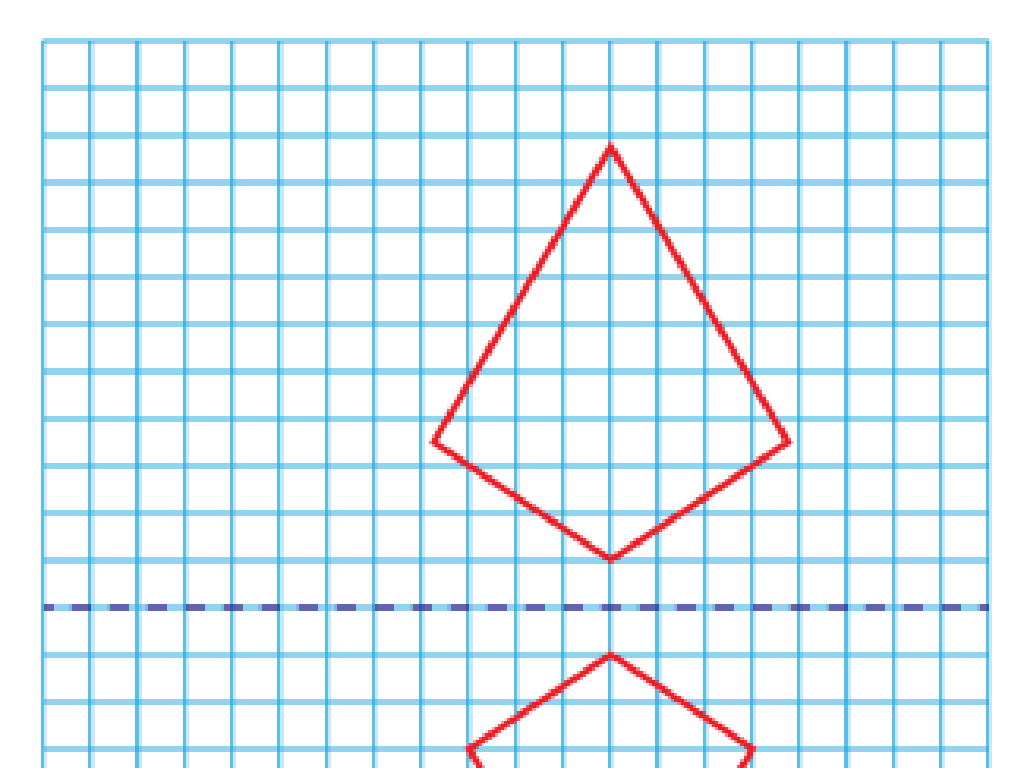Build Cube Trains To Solve Addition Word Problems - Sums Up To 5
Subject: Math
Grade: Kindergarten
Topic: Addition Word Problems Up To 5
Please LOG IN to download the presentation. Access is available to registered users only.
View More Content
Welcome to Addition!
– Today we become addition experts
– Learn to add numbers up to 5
– Build your own cube trains
– Use colorful cubes to make trains and add
– Have fun with addition
– Enjoy discovering how to combine numbers
|
This slide is designed to introduce Kindergarten students to the concept of addition in an engaging and interactive way. The goal is to help them understand addition by using a hands-on activity that involves building cube trains. Each cube represents a number, and by connecting them, students can visually see the result of adding two numbers together. Teachers should prepare different colored cubes and guide the students through the process of creating trains that represent different sums up to 5. Encourage the children to count aloud as they add each cube and to enjoy the process of learning through play. The activity can be made more fun by allowing the students to compare trains and see who can make the longest train within the sum limit.
Learning Addition: Building Cube Trains
– Addition means joining together
– Adding finds the total amount
– Let’s add using our fingers!
– If you have 2 fingers up and add 3 more, how many now?
– Practice with cube trains
– Use cubes to make trains and add them up to 5
|
This slide introduces the concept of addition to Kindergarten students. Start by explaining that addition is the process of putting things together to find out how many there are altogether. Use simple language and real-life examples, such as combining groups of toys or snacks. Demonstrate addition using fingers, as it’s a relatable and accessible tool for young learners. Then, introduce cube trains as a hands-on activity where students can physically build and combine sets to visualize the addition process. For the activity, provide different colored cubes and encourage students to create trains of up to 5 cubes, then combine them with a partner’s train to practice adding. Offer guidance and ensure each student understands the concept of adding up to 5.
Meet the Cube Trains: Adding Up Fun!
– Cube trains are like building blocks
– Each cube represents a number
– Imagine each block has a number: 1, 2, 3…
– Solve addition problems with cubes
– Put together cubes to find the sum
– Practice with sums up to 5
– Let’s make trains that add up to 5 or less
|
This slide introduces cube trains as a visual and tactile tool to help Kindergarten students understand addition. Each cube represents a number, and by connecting them, students can see how numbers combine to make new sums. The activity will involve creating cube trains that total up to 5, allowing students to physically manipulate the blocks and visualize the concept of addition. For the activity, prepare several sets of cube trains with different colors to represent different numbers. Encourage students to explore different combinations that add up to 5. For example, a red cube (representing 1) can be connected to a blue cube (representing 4) to make a train that adds up to 5. This hands-on approach will help solidify their understanding of basic addition.
Building Cube Trains for Addition
– Choose colorful cubes for numbers
– Use red for 1, blue for 2, etc.
– Connect cubes to form a train
– Link the cubes end-to-end
– Count cubes to find the sum
– Add up all the cubes in the train
– Practice with different numbers
|
This activity is designed to help Kindergarten students understand addition through a hands-on approach. By using colorful cubes, children can visually associate numbers with physical objects, making abstract concepts more concrete. Instruct them to pick a cube for each number in the word problem and connect them to form a ‘train.’ Then, they count the total number of cubes to find the sum, which helps reinforce the concept of addition. Encourage them to try different combinations of numbers up to 5. For example, 2 red cubes plus 3 blue cubes equals 5 cubes in total. This visual and tactile method aids in developing their foundational math skills.
Solving Addition Word Problems with Cube Trains
– Word problems are like stories
– Read to find out what to add
– Look for numbers and things to add in the story
– Use cube trains for solving
– Cube trains help us see the addition
– Let’s solve problems together
– We’ll work as a team to find answers
|
This slide introduces kindergarteners to the concept of addition word problems, emphasizing that they are stories with numbers to add. Teachers should explain that word problems require us to read carefully to find out what is being added. Using cube trains, a hands-on manipulative, will help students visualize the process of addition. Encourage students to work together to solve the problems, fostering a collaborative learning environment. Possible activities include creating simple word problems for students to solve, using cube trains to represent the numbers in the problems, and having students share their solutions with the class.
Let’s Practice with Cube Trains!
– Listen to the word problem
– Use cube trains to find the sum
– Stack cubes to add numbers visually
– Find sums up to 5
– Share your answer with friends
– Tell us how many cubes in your train
|
This slide is for a class activity where students will practice addition with sums up to 5 using cube trains. Start by reading a simple word problem to the class. Then, have the students use their cube trains, which are stacks of connected cubes, to visually represent the addition problem. Encourage them to count the cubes to find the sum, ensuring it does not exceed 5. After they solve the problem, ask them to share their cube train and the sum with the class or a partner. This activity helps to reinforce the concept of addition through a hands-on approach. Possible word problems could include scenarios like combining fruits, animals, or toys. For example, ‘You have 2 red apples and 3 green apples. How many apples do you have in total?’
Solving Addition with Cube Trains
– Start with 2 blue cubes
– Add 3 red cubes to the train
– Build your cube train
– Connect the cubes to form a train
– Count all the cubes together
– Counting each cube, find the total number
|
This slide introduces a hands-on activity to help Kindergarten students understand addition through a visual and tactile method. Begin by showing them the example problem about Tom’s blue and red cubes. Explain that they will use physical cube blocks to represent the problem. First, they will select 2 blue cubes and then add 3 red cubes to create a ‘train’ of cubes. After building their train, they will count all the cubes to find the total, which helps them visually and physically see the addition process. For the activity, provide different colored cubes and encourage students to build their own trains with varying numbers of cubes, ensuring the sum does not exceed 5. This activity will reinforce the concept of addition and provide a foundation for solving word problems.
Class Activity: Building Cube Trains
– Build your own cube trains
– Solve addition problems together
– Use cubes to represent numbers in problems
– Work with a partner
– Share cubes and collaborate on solutions
– Have fun while adding up to 5
– Encourage playful learning and teamwork
|
This activity is designed to help Kindergarten students understand addition through a hands-on experience. Provide each pair of students with a set of colorful cubes. They will use these cubes to build ‘trains’ where each cube represents a number. As they connect the cubes, they will visualize the concept of adding numbers up to 5. Encourage the students to help each other and to verify their answers together, fostering a collaborative and supportive environment. Possible activities: 1) Building a train with a specific number of cubes, 2) Adding one cube at a time and counting aloud, 3) Combining two trains to find the total, 4) Matching cube trains to written addition problems, 5) Creating word problems for their partner to solve with cube trains.
Show and Tell: Cube Train Creations
– Solve an addition problem
– Build your cube train
– Use colorful cubes to represent numbers
– Show your cube train to the class
– Tell us about your train and sum
– Explain your addition and the total number of cubes
|
This slide introduces a hands-on activity where students will apply their understanding of addition by building cube trains. After solving an addition problem with sums up to 5, each student will use physical cubes to build a train where each cube represents a unit. They will then present their cube train to the class, explaining how they built it and what the total sum is. This activity is designed to reinforce the concept of addition in a tangible way and to celebrate the students’ ability to solve problems. Encourage students to be creative and to support their peers during the show and tell. Possible variations of the activity could include using different colored cubes for different addends, or challenging students to find multiple ways to reach the same sum with their trains.
Review and Goodbye: Adding with Cube Trains
– Recap: Adding with cube trains
– Adding gives us the total number
If we have 2 cubes and add 3 more, we have 5 in total.
– Celebrate our learning today
You all did an amazing job solving addition problems!
– Looking forward to our next class!
|
This slide is meant to conclude the lesson on using cube trains to solve addition problems. Start by recapping the main points of the lesson, emphasizing the concept of addition as a means to find the total number of items. Praise the students for their hard work and participation. Encourage them to practice what they’ve learned at home with their own toys or objects. Let them know that you’re proud of their progress and excited to see them in the next class. Prepare a few simple addition word problems for the next session to assess their understanding and retention of the concept.






